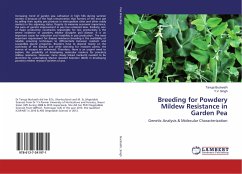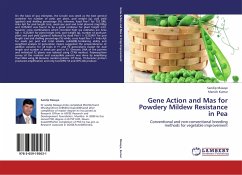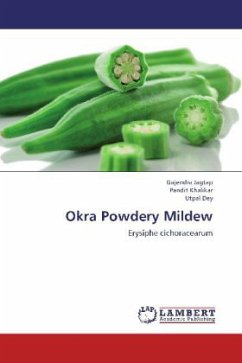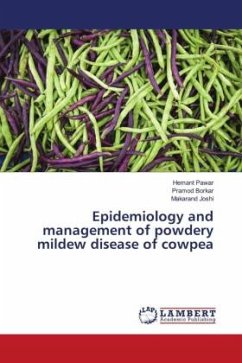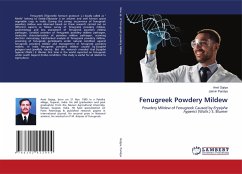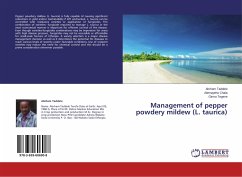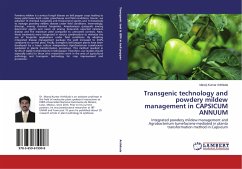Increasing trend of garden pea cultivation in high hills during summer months is because of the high remuneration that farmers of the area get by selling their quality pea produce in metropolitan cities and other ready markets in the adjoining states. Despite its immense economic importance, the pace of genetic improvement in pea has remained slow. Similarly, one of major production constraints responsible for low productivity is the severe incidence of powdery mildew (Erysiphe pisi) disease. It is an important cause for reduction and instability in pea production. The most important requirement for disease resistance breeding is the availability of reliable screening techniques to differentiate between resistant and susceptible plants/ progenies. Breeders have to depend mainly on the outbreaks of the disease and while selecting for resistant plants, the chance of escapes are enhanced. Therefore, there is an urgent need to explore the possibility of developing molecular markers for powdery mildew resistance. However, more closely linked marker(s) needed to be identified for undertaking Marker Assisted Selection (MAS) in developing powdery mildew resistant varieties of pea.
Bitte wählen Sie Ihr Anliegen aus.
Rechnungen
Retourenschein anfordern
Bestellstatus
Storno

